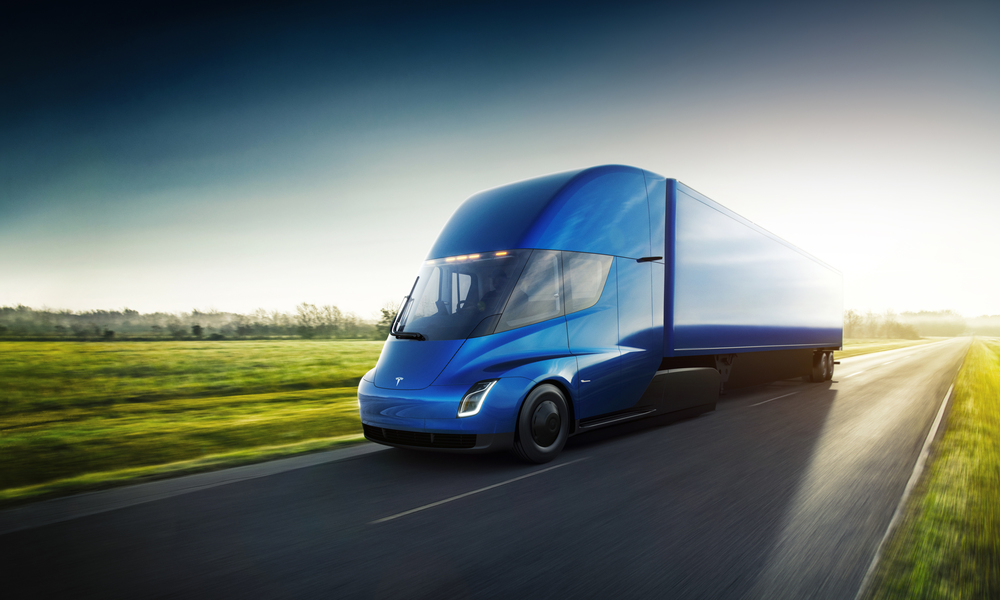
Could Automation Solve Trucking’s Workforce Gap?
At a time when Tesla is entering the trucking space with a semi-automated vehicle, the American Trucking Associations is exploring the advantages of adding more tech to trucks. More automation could both simplify the job and attract new workers, the group says.
In the past few weeks, trucking has gained a surprisingly high-tech appeal, thanks to one of Silicon Valley’s buzziest companies.
Tesla’s announcement of a semitruck built with the same technologies as its high-powered vehicles—it relies on batteries (rather than diesel fuel) and features semi-autonomous capabilities—has made serious waves in the industry, with some major companies signing on to purchase the trucks in recent weeks. Just this week, Anheuser-Busch InBev pre-ordered a fleet of 40.
The Tesla Semi, as it turns out, may have come just in time for the industry. In October, the American Trucking Associations (ATA) reported [PDF] a record driver shortage—expected to top 50,000 drivers by the end of 2017—in no small part because of a lack of young drivers entering the field. The age of the average trucker is 49.
Initiatives to attract new drivers, such as a campaign to encourage more female truckers, are underway. But ATA’s October report suggests technology could be part of the answer.
“While we are still years away from truly driverless Class 8 trucks running on the highway as a normal part of the industry, driver-assist technologies in heavy-duty tractor-trailers could eventually have a positive impact on the driver shortage by making the job less stressful, and the more sophisticated technology may also attract younger individuals to truck driving,” the association’s Truck Driver Shortage Analysis suggests.
Others see automation as a potential threat to the trucking workforce. At a hearing before the House Transportation and Infrastructure Committee this week, Larry Willis, president of the AFL-CIO’s Transportation Trades Department, argued that automation could put millions of jobs at risk.
But Greer Woodruff, J.B. Hunt Transport Services senior vice president of safety, security, and driver personnel, who represented ATA at the hearing, said that building higher-tech trucks would likely have the opposite effect—creating more jobs and making them more appealing to people the industry is struggling to reach through other methods.
“A lot of the younger people coming into the workforce today like working with computers and like working with emerging technologies,” Woodruff said, according to Transport Topics. “They’re early adopters. And so, as we adopt this in the transportation industry, it’s going to make the job more appealing to the younger population to consider driving.”
The talk of automation comes at a time when a smaller-scale automation effort—the automation of time-tracking—threatens to shake up the trucking space. Starting December 18, trucks will be required to have electronic logging devices. ATA supports the requirement because of devices’ ability to prevent “fudging” of records, but other industry groups, such as the Owner-Operator Independent Drivers Association, have urged the Trump administration to delay the initiative, which dates back to the Obama presidency.
(Handout photo)






Comments